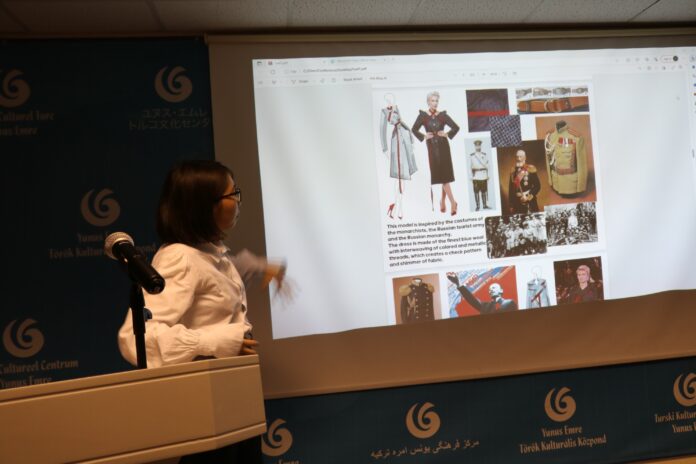Introduction of Laal Avgambaeva
In the dynamic world of fashion, where creativity knows no bounds, Laal Avgambaeva,from Kazakhstan, stands as a shining beacon of innovation and elegance. With an unrivaled passion for design and an innate sense of style, she has carved a distinctive niche for herself in the industry. Laal Avgambaeva is more than just a fashion designer; she is a visionary artist who transforms fabrics and threads into exquisite works of art that grace runways and wardrobes alike. Her journey through the fashion landscape has been marked by dedication, a relentless pursuit of perfection, and a commitment to empowering women through her creations. In this spotlight, we delve into the life and artistry Laal Avgambaeva celebrating her as not only a fashion luminary but also an inspiration to aspiring designers around the world.
She is also a member of Eurasian Creative Guild (ECG) and ECG was host during her visit to UK.
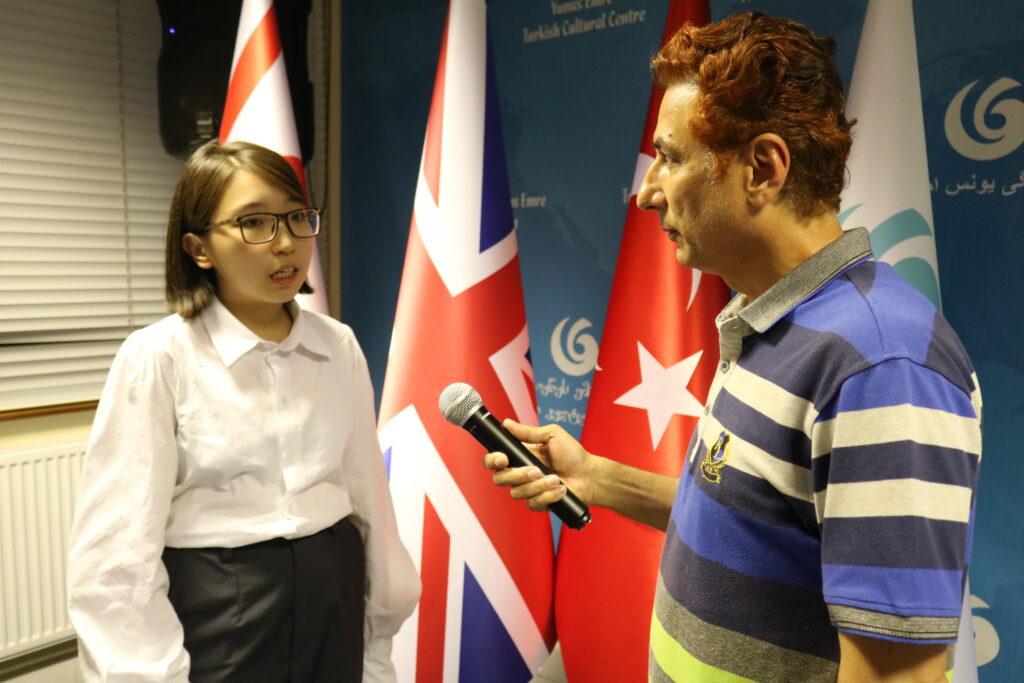
London Post: Can you tell us about your journey into the world of fashion design? What inspired you to become a fashion designer?
Laal Avgambaeva:I was very lucky to decide on my goal in life at the age of two, I dreamed of being a fashion designer ever since.
I think I was also very lucky with my mother, she never influenced my choice and supported me. She is, nevertheless, an artist and this could not but lead our lifestyle. I think it was a combination of factors – the freedom me mom gave and the world in which we lived.
All my life I have been interested in a huge number of things. People who meet me always say “You should have become a journalist” or “You should have become a lawyer”, “You would have been a good historian”, etc. Because I try to get all the knowledge I can get. Fashion requires exactly this – to be developed in the field of academic and decorative arts, crafts, history, culture, philosophy and even sociology and politics because this is what is directly related to our industry. That’s why I do this. It is an art that requires constant updating of the knowledge base and research.
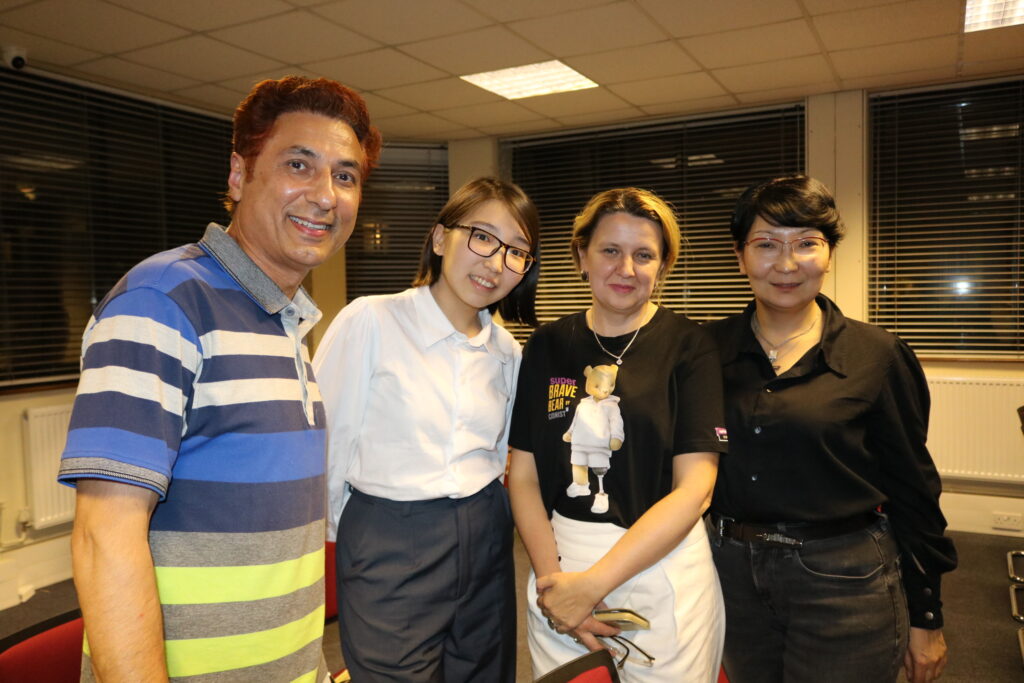
![]()
LP: How would you describe your signature style or design aesthetic?
LA: I equate fashion design with architectural design (and textile design, for example, with interior design in this case). My main task is to work with shapes and silhouettes. That’s why I work in constructive and deconstructive styles.
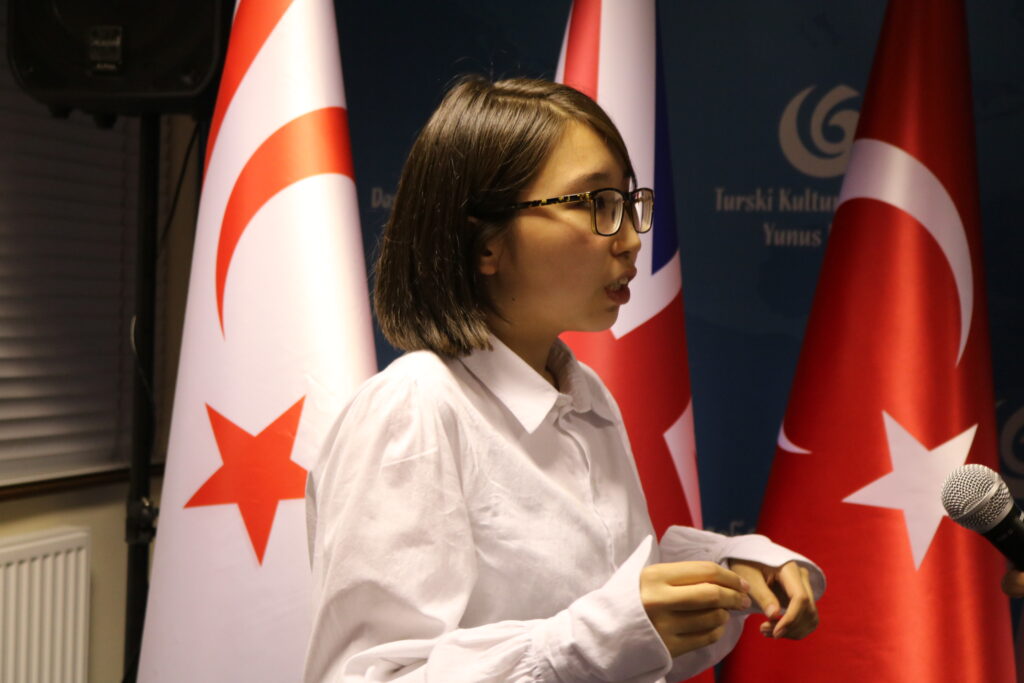
LP: Are there any specific cultural or traditional elements from Kazakhstan that influence your designs?
LA:I don’t know how, although I almost never pursue such a goal, but the very fact that I was born and raised in the east makes my costumes, even the most industrial and “European”, oriental. In addition, my textile designer (my mom) is always involved in the work, for example, we have a collection of costumes, some of which are woven entirely by hands. These are tapestries, something that Kazakh women have been making for thousands of years.
 LP:Could you share some insights into your creative process? How do you go about conceptualizing and creating a new collection?
LP:Could you share some insights into your creative process? How do you go about conceptualizing and creating a new collection?
LA:Perhaps I am a collection of information about different trends in world artistic culture and pop culture. Just because I really love it. Each of my collections is also a spectrum of cultural markers and phenomena that I reinterpret. It’s like I am asking, “Did you know that…?”, “Do you remember…?”
![]()

LP: What materials and techniques do you prefer to work with, and why?
LA: I use natural materials. They are simply safer and healthier for the quality of the skin.
Environmental problems essentially don’t bother anyone, if you’re completely honest and don’t try to get into fashionable conversations about how great we all are and how we’re trying to protect the planet. Yes, there are small groups of people who are concerned about this, but the reality is that we just continue to bury the planet in layers of plastic waste.
I thought maybe, since people don’t care about global issues, if we approach this as a matter of personal health and beauty, it will work and as a result we will get “a side benefit” from reducing the production amd consuming of synthetic fabrics.
![]()

LP: Fashion is often influenced by global trends. How do you balance staying current with international fashion trends while also infusing your own unique perspective into your designs?
LA:Every new fashion season designers don’t meet each other at a round table and say, “We’re going to do this particular trend this season.” This is always an extremely natural process where we, as a collective and a group of people united by a common society and profession, create what we like, and after fashion week it turns out that some of us also had common ideas.
![]()
 LP:Are there any challenges unique to the fashion industry in Kazakhstan that you’ve had to overcome in your career?
LP:Are there any challenges unique to the fashion industry in Kazakhstan that you’ve had to overcome in your career?
LA: Kazakhstan has great resources and potential. However, there are questions regarding the development of the textile industry, and the support of culture and the creative industry in general, which still require efforts to resolve.
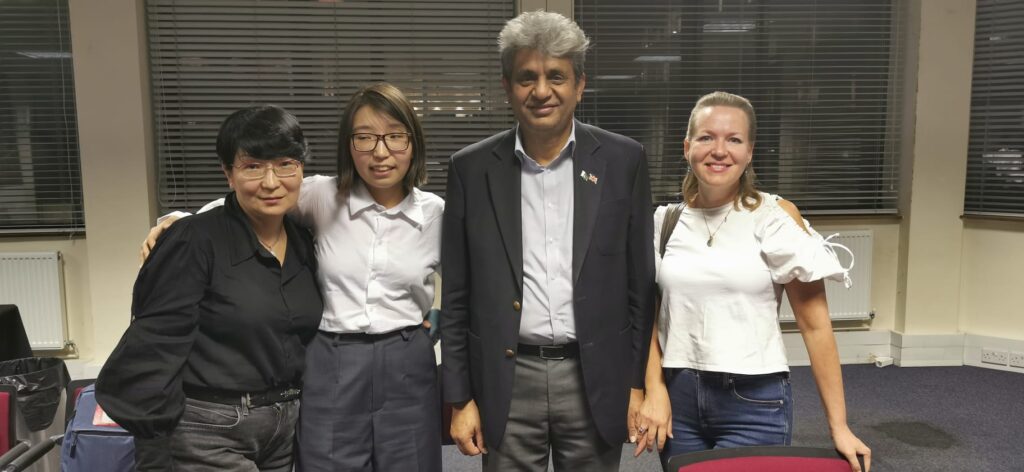
![]() LP: Can you highlight some of your proudest achievements or memorable moments in your fashion career so far?
LP: Can you highlight some of your proudest achievements or memorable moments in your fashion career so far?
LA: Thanks to the people who support me, I would call most of the events in my career meaningful. Because I’m still at the very beginning, I’m just 21. When I won an international competition, being 16 years old among people who had already received education and experience in this field, who were about 25 years old, etc., it was the best day of my life. Then the best day of my life was my first show at Kazakhstan Fashion Week as an independent brand and every other shows. Then the day when I received an offer to study at UAL. I was incredibly happy to become a member of the Eurasian Creative Guild, and then to meet amazing people who invited me to participate in London Fashion Week. A series of amazing events led me to this show. For example, it is even partially sponsored by the Foundation of the First President of Kazakhstan. I won their competition and received support. I can’t pick out any of the events. Everything that has happened in recent years is marvelous!
LP:Do you have any advice for aspiring fashion designers, particularly those from Kazakhstan or the Central Asian region?
LA:This advice applies to all designers – just keep working. Still, nothing will make us, designers, happier than this work. Yes, it is complicated, yes, it does not provide any guarantees or certainty, but when we choose it, we know what we are getting into. And sometimes you just need to remember how much has already been done and how much success remains to be achieved.
LP. What role do you believe fashion plays in expressing one’s identity or culture, and how does this influence your designs?
LA:Fashion is wearable art. Even people who think they have nothing to do with fashion wear clothes that reflect the era. For example, in the 1920s, after the war, fashion changed significantly, people needed a break from the war, they needed happiness. But even the clothes of those who did not wear adornments, could not afford parties, etc., wore clothes in a silhouette that was suitable for dancing.
LP. How do you envision the future of fashion in Kazakhstan? What trends or developments do you anticipate?
LA: The development of the fashion industry in Kazakhstan is entirely the result of the enthusiasm of people working in this field and, most importantly, a generation of established designers are now making every effort to develop young fashion designers. I hope we will continue to work in this direction
LP. Can you provide some insights into the role of fashion in promoting cultural exchange and understanding between Kazakhstan and the rest of the world?
LA: Fashion is a public language. I chose this particular field of art because it is the most direct way to talk about us and our culture and way of life.
LP: Lastly, what message or emotions do you hope your designs convey to those who wear them?
LA: I talk a lot. This is practically a problem; interlocutors get tired. Therefore, with my costumes, I probably just talk about things that I find interesting and hope that those who will wear it will be interested in these things too. Without words.
Thank you very much.
(Interview by Raza Syed/Sohail Loun)



